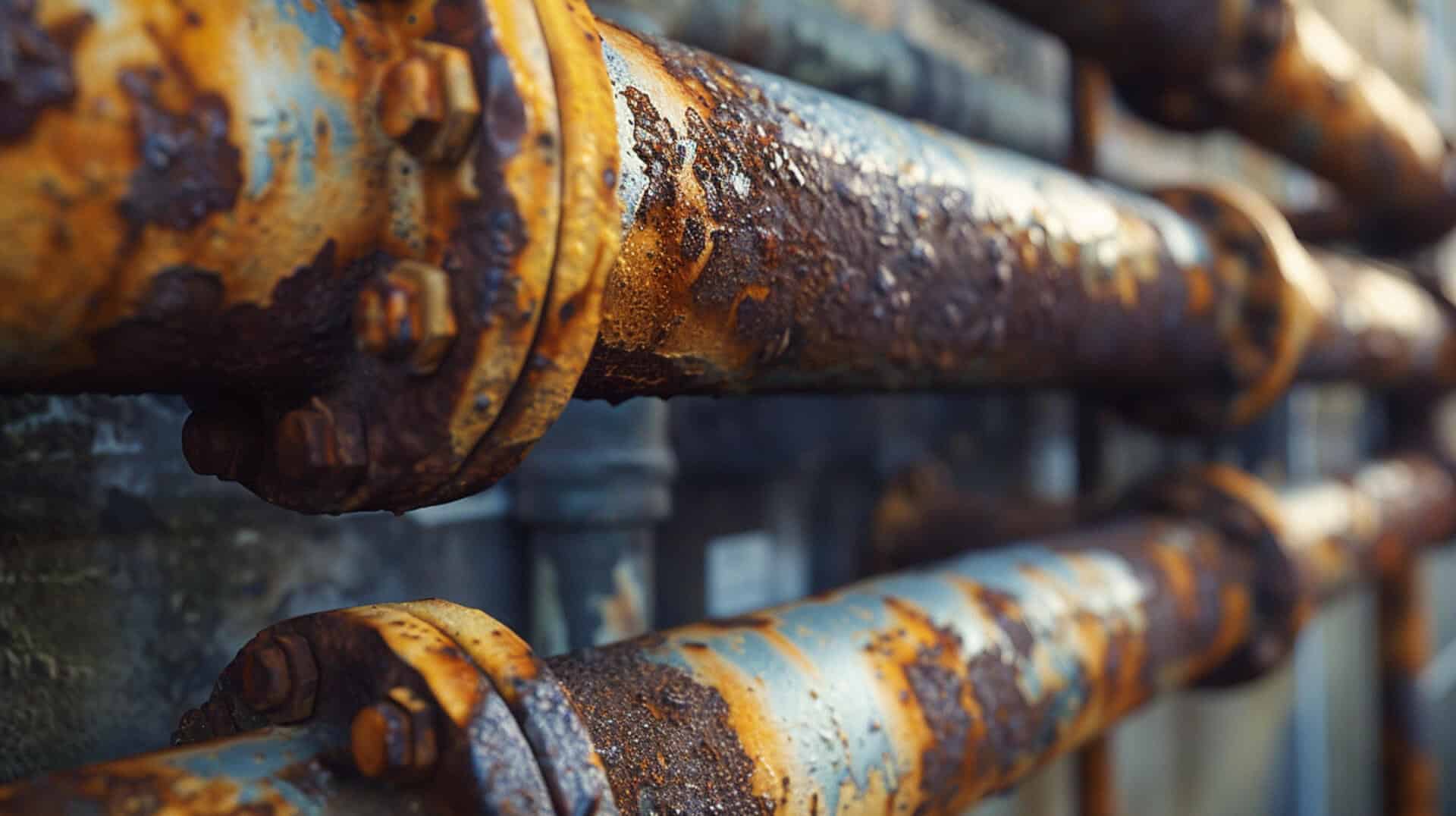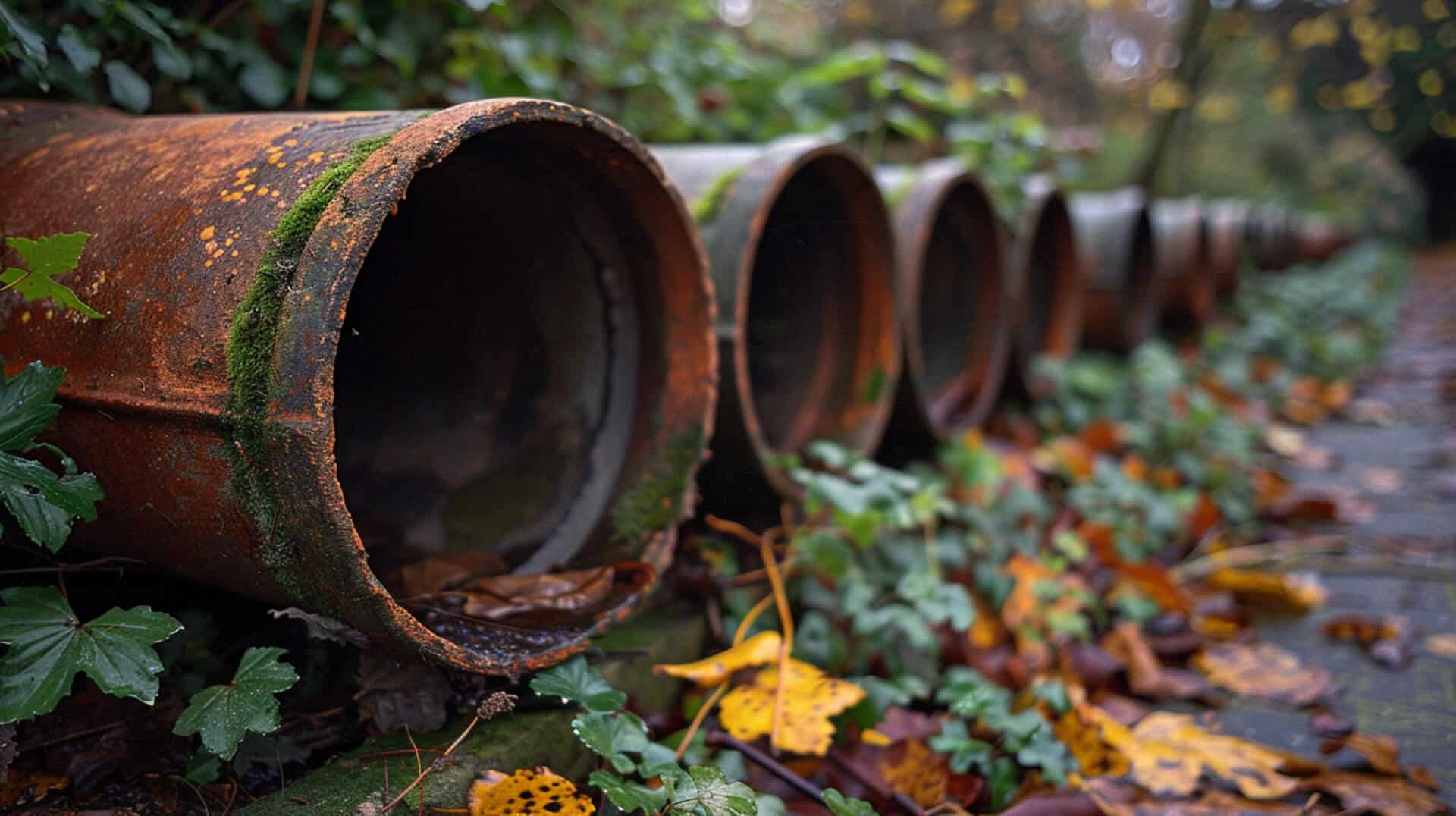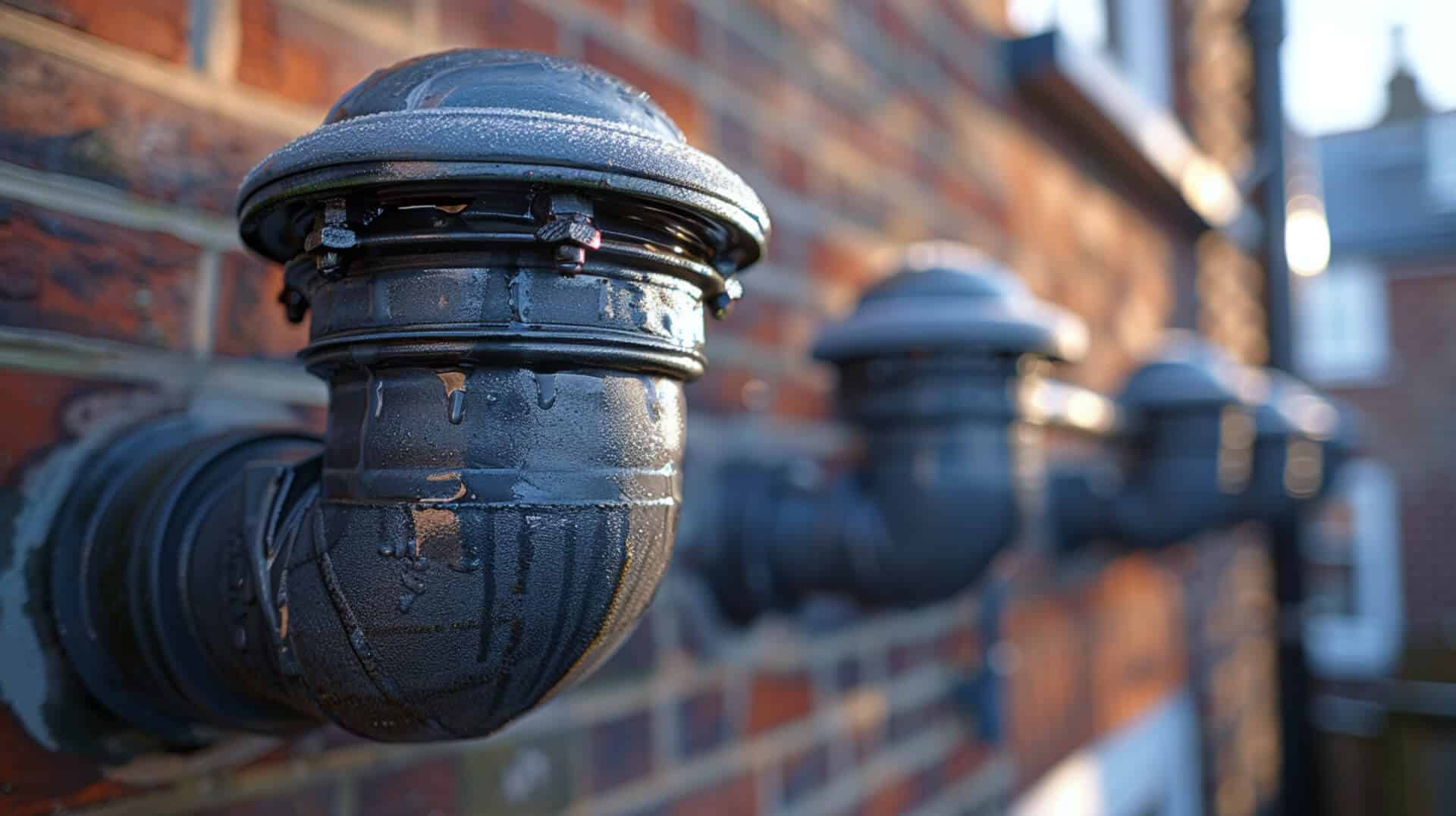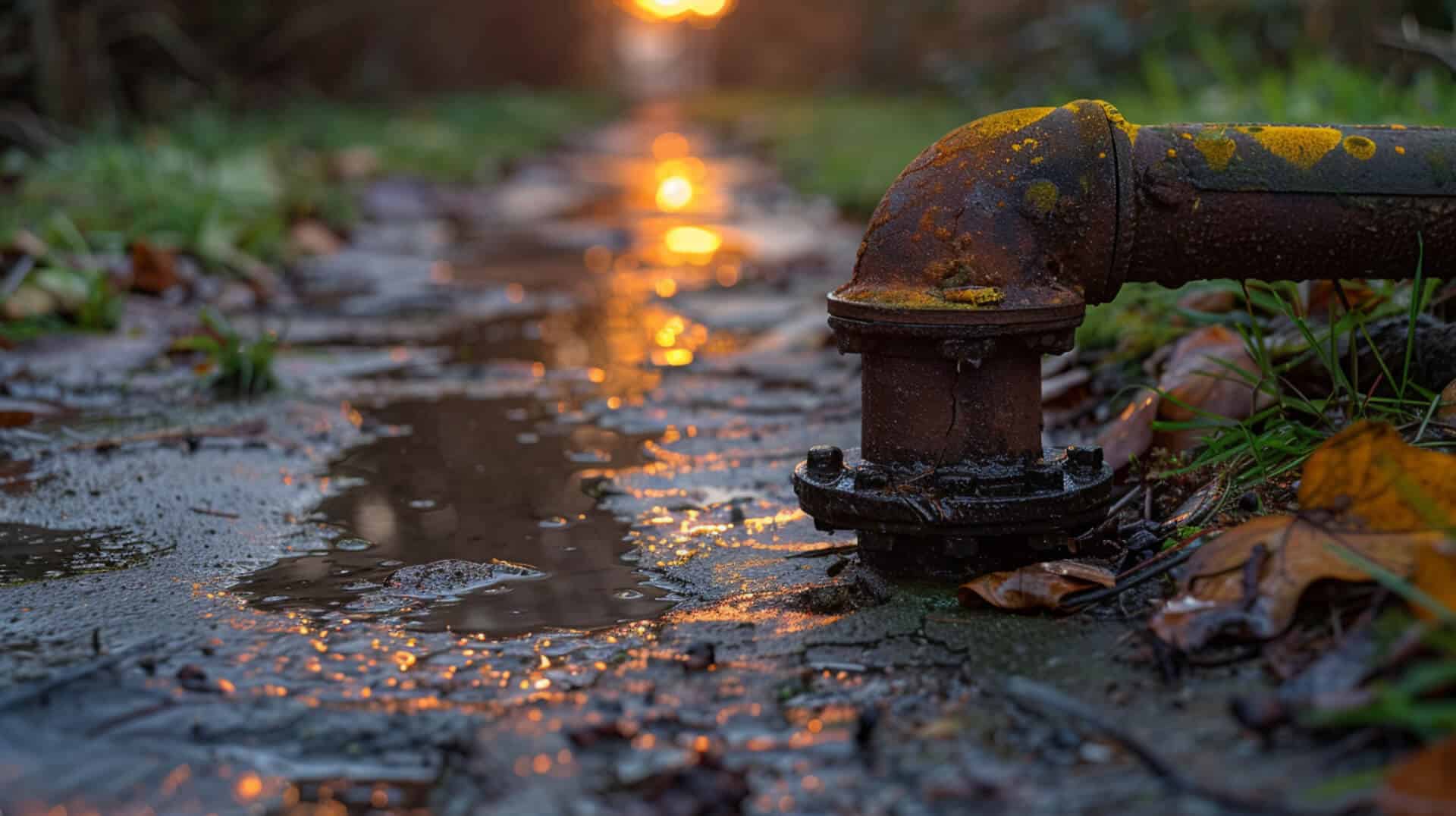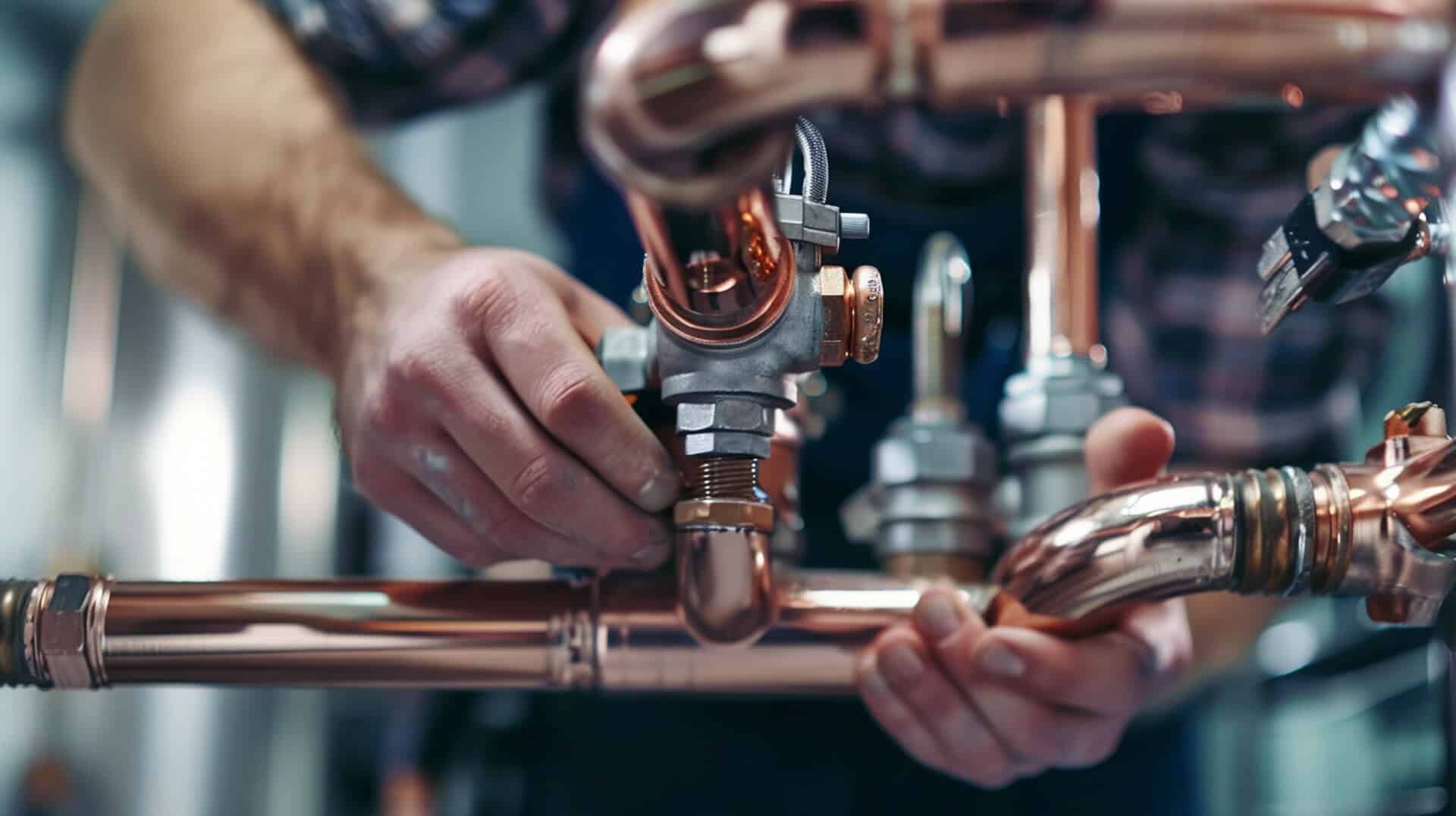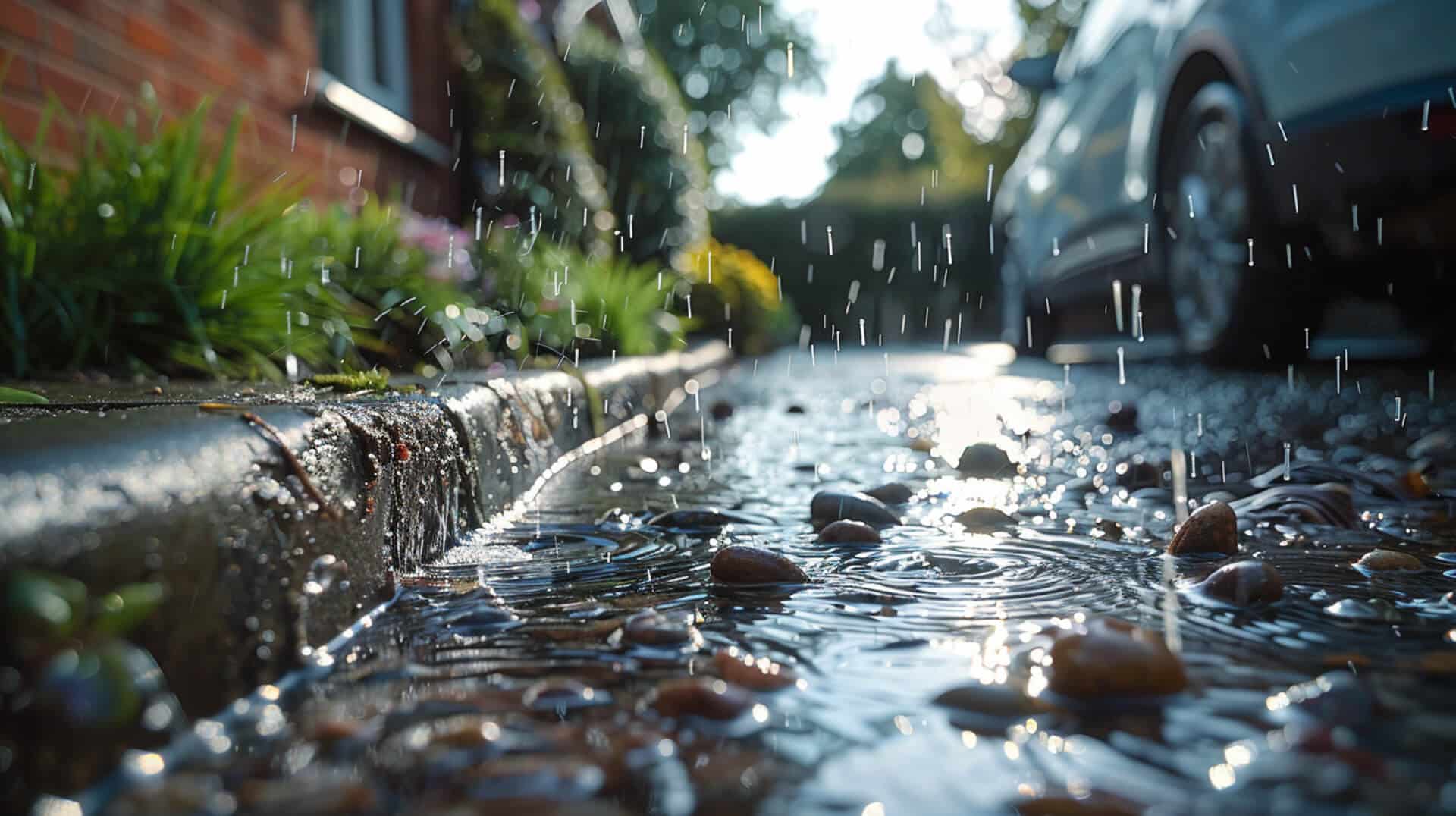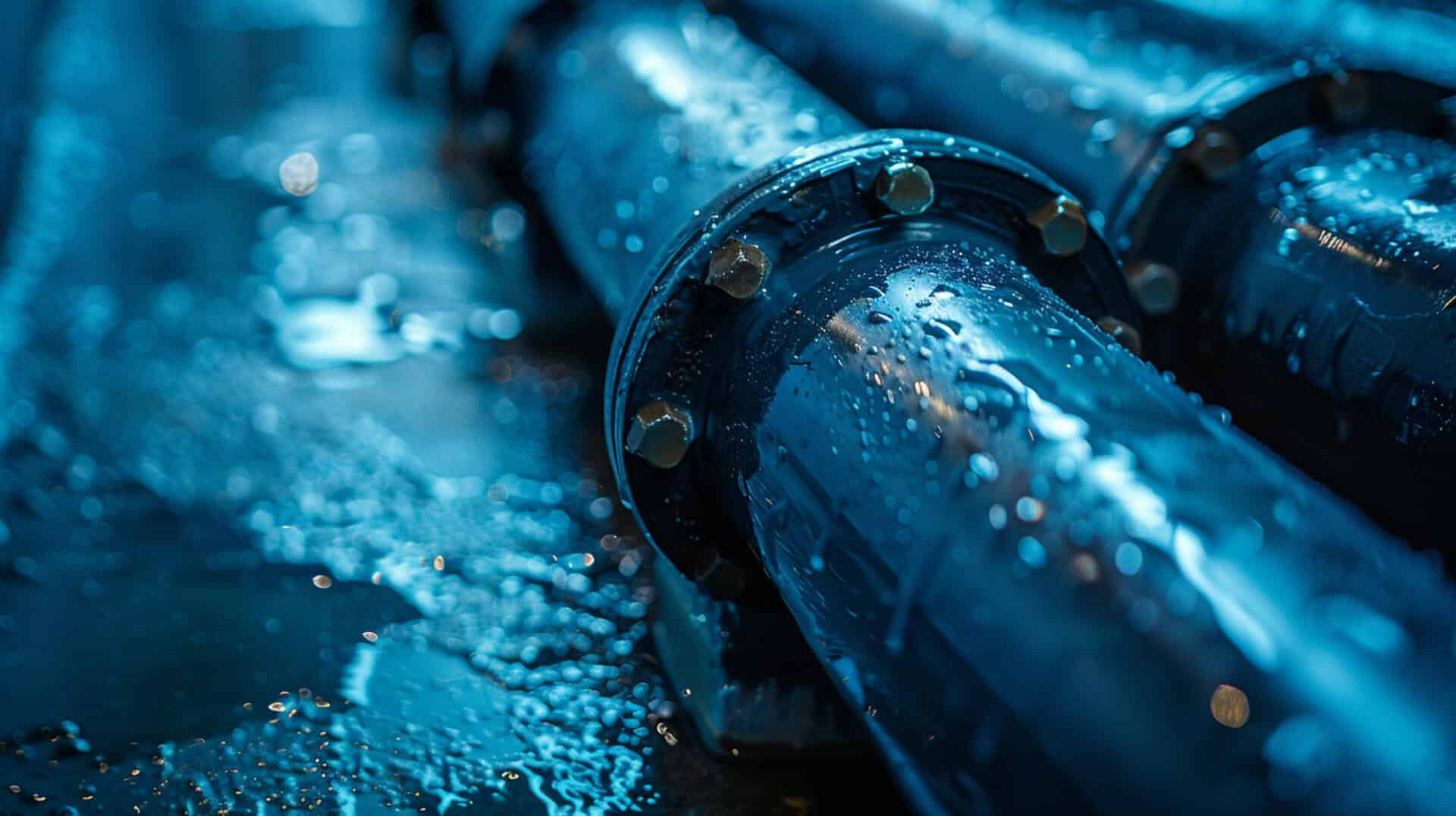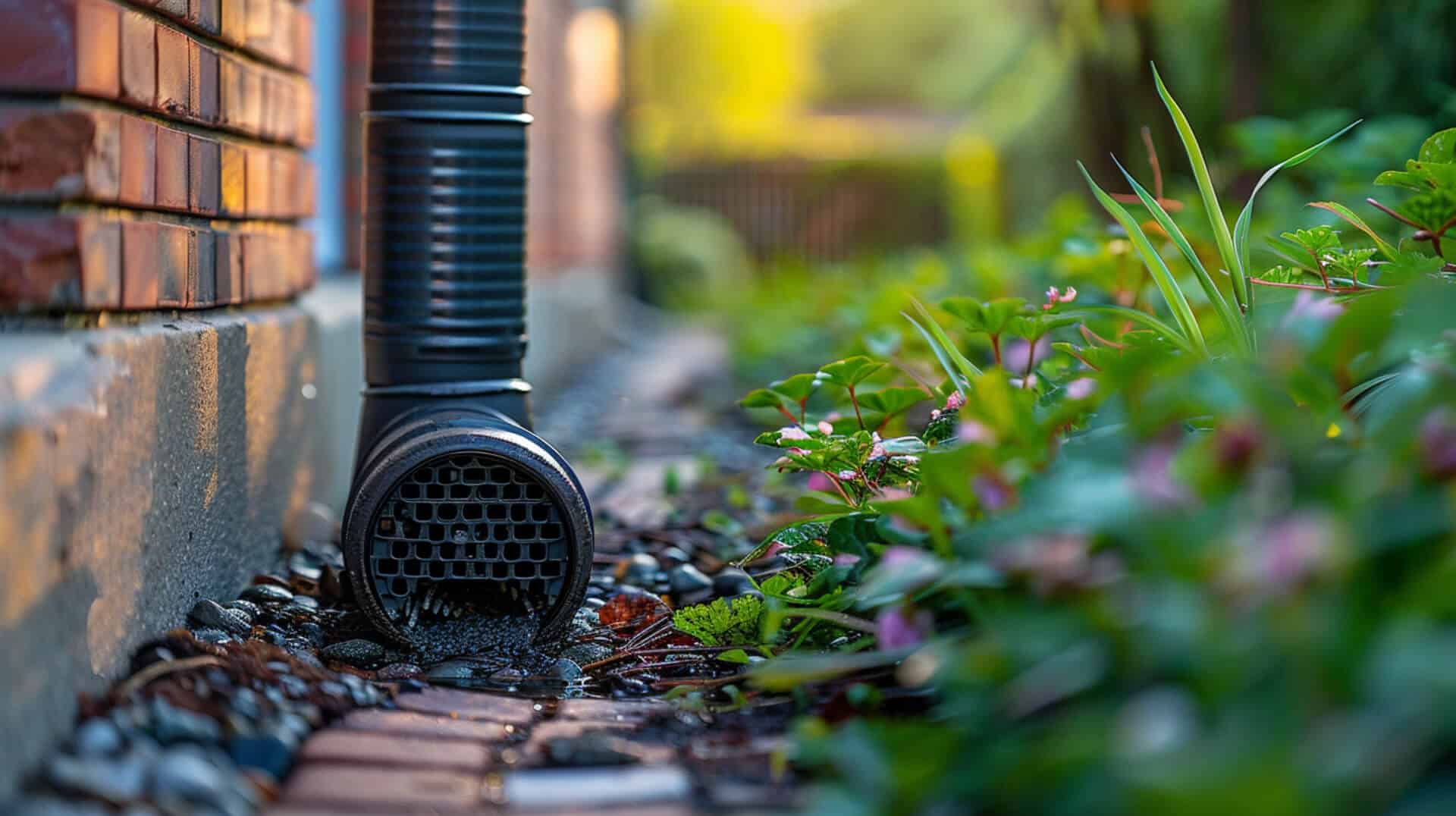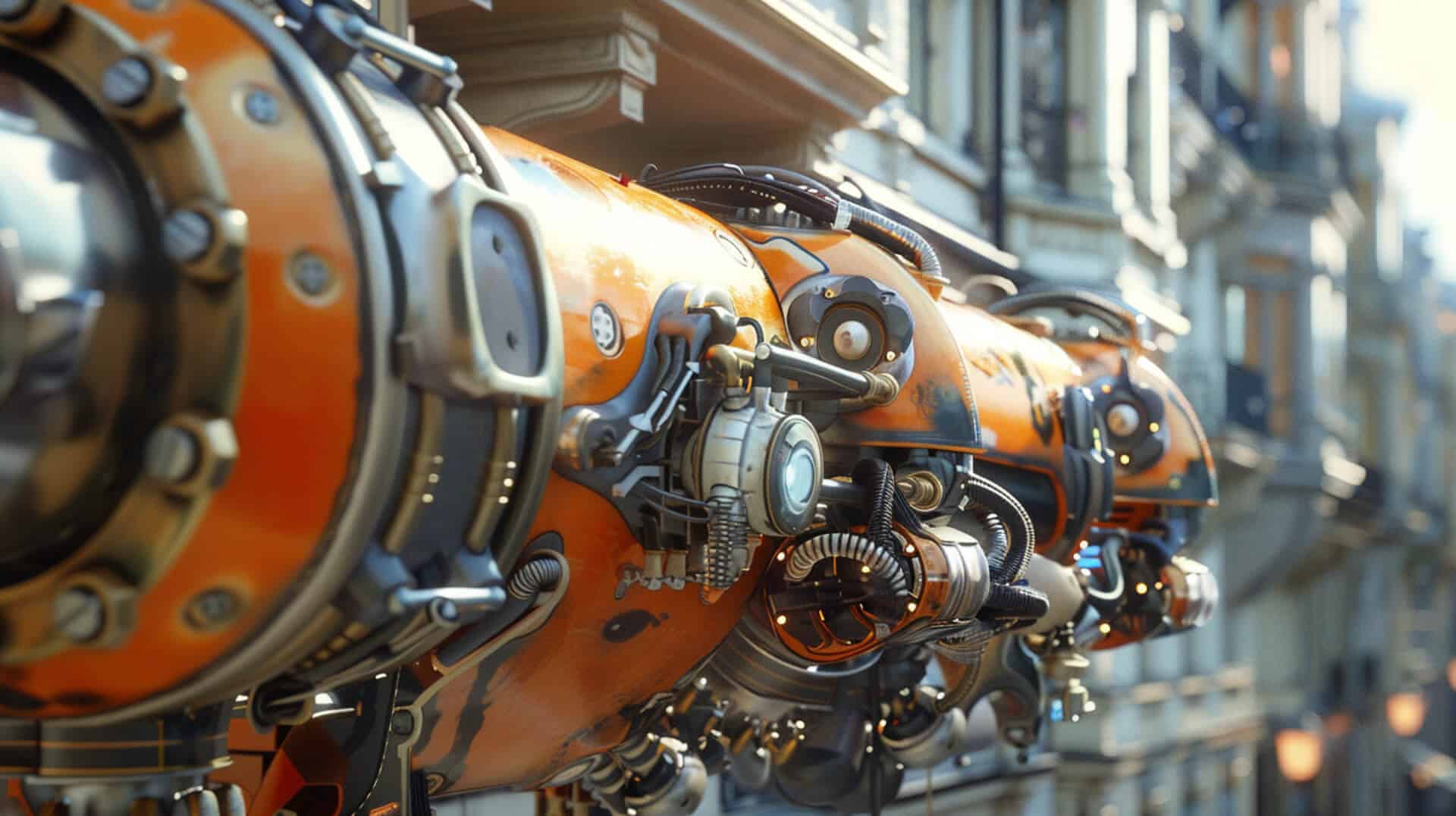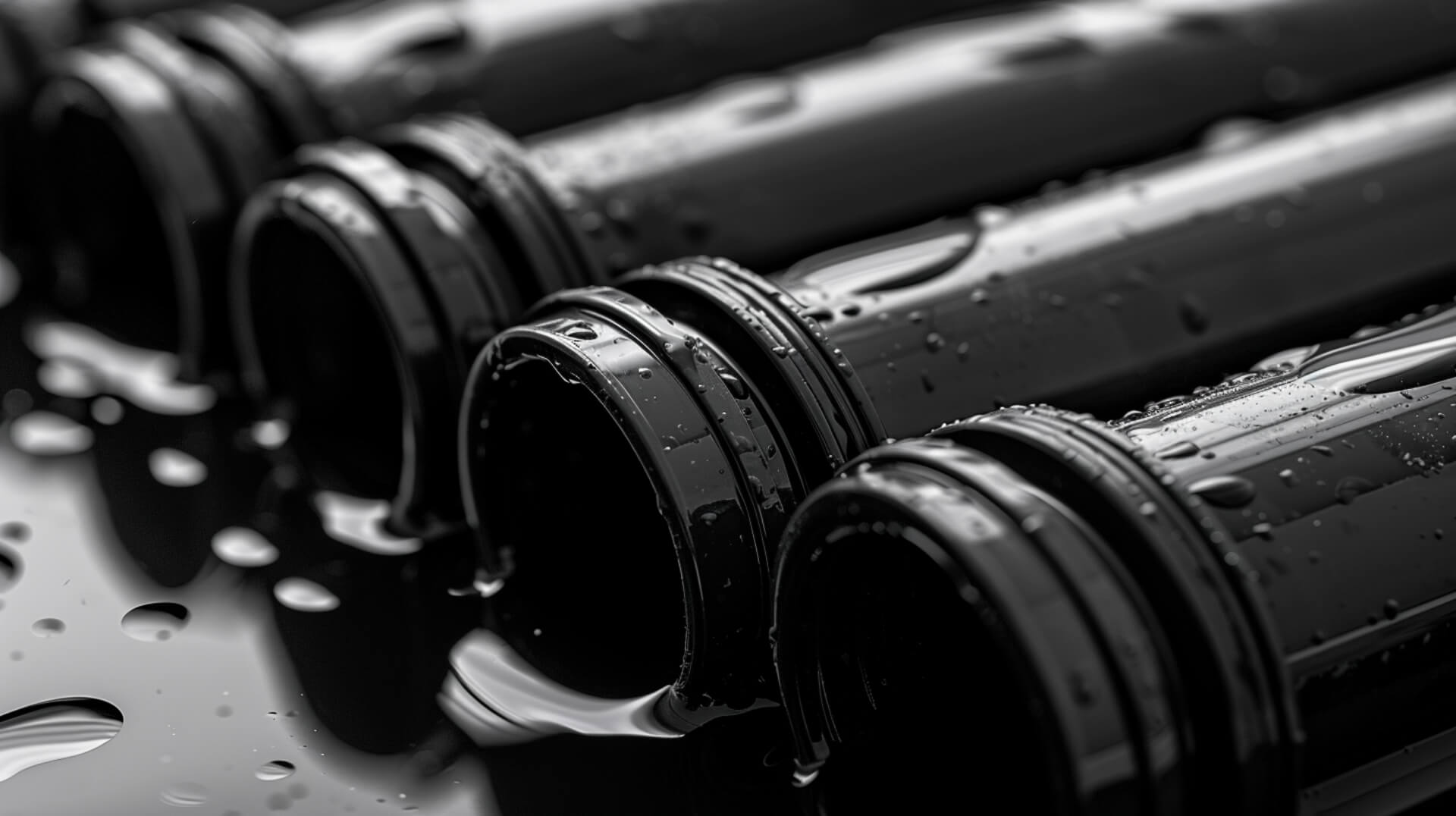 What Materials Are Commonly Used For Drain Pipes
What Materials Are Commonly Used For Drain Pipes
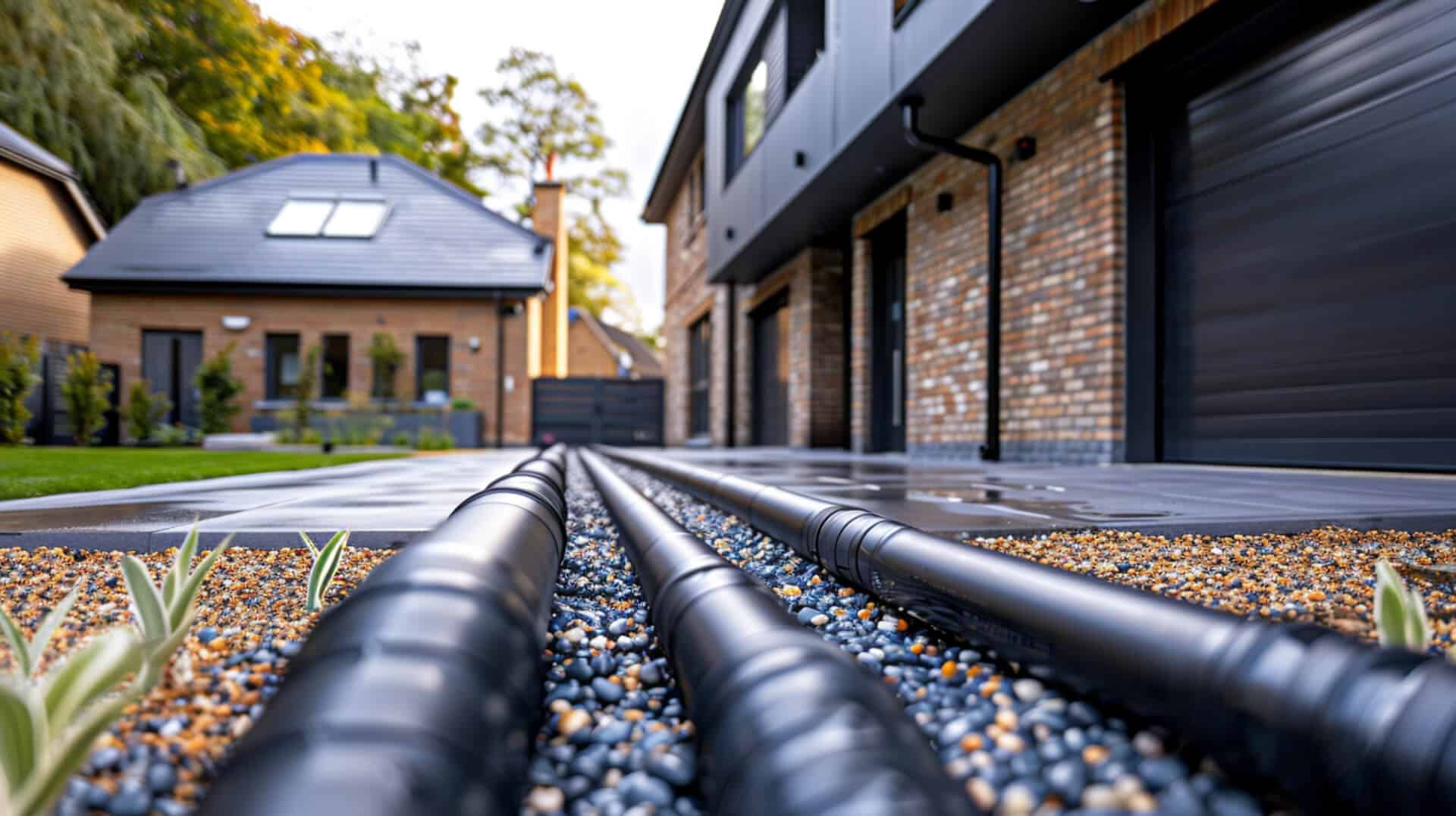
When embarking on any construction or renovation project, the selection of appropriate materials for drain pipes is a decision of paramount importance. This choice not only affects the immediate functionality of the drainage system but also has long-term implications for maintenance, durability, and environmental impact.
Evolution of Drain Pipe Materials
Over the years, drain pipe materials have undergone significant evolution. From the traditional use of clay and cast iron to the modern adoption of plastics like PVC and HDPE, each material has been chosen to meet specific needs and address past shortcomings. The transition reflects advancements in technology and a growing awareness of environmental considerations.
Factors Influencing Material Selection
Selecting the right material for drain pipes involves a careful consideration of several factors:
- Durability: The material’s ability to withstand environmental conditions and usage over time.
- Cost: Both the initial investment and the long-term financial implications.
- Environmental Impact: The material’s production, use, and disposal, and its effects on sustainability.
- Installation and Maintenance: The ease or complexity of installing and upkeeping the material.
Impact on Drainage Systems
The choice of drain pipe material significantly influences the overall efficiency and reliability of the drainage system. It determines the system’s resistance to corrosion, its ability to maintain efficient water flow, and the frequency and ease of required maintenance. Thus, a judicious selection tailored to the specific context of the project is essential for a successful drainage system.
Plastic Pipes: Advantages and Types
Plastic pipes have become a mainstay in modern drainage systems due to their versatility and range of benefits. When considering materials for drain pipes, plastic options such as PVC, uPVC, and HDPE are frequently chosen for their unique properties.
PVC (Polyvinyl Chloride)
PVC pipes are known for their durability and cost-effectiveness. They resist corrosion, which makes them suitable for both underground and above-ground installations. PVC’s ease of installation is a significant advantage, as the material is lightweight and can be cut and joined with minimal effort.
uPVC (Unplasticized Polyvinyl Chloride)
uPVC pipes share many characteristics with PVC but are more rigid, making them ideal for direct burial and high-pressure applications. They do not flex as much as PVC, which can be beneficial in certain installations where rigidity is required.
HDPE (High-Density Polyethylene)
HDPE pipes are recognised for their flexibility and resistance to impact. They can withstand environmental stressors such as seismic activity and temperature fluctuations, making them a reliable choice for challenging conditions.
Environmental Considerations
Each plastic pipe type presents distinct environmental considerations. PVC and uPVC are recyclable, which reduces their environmental footprint. HDPE is often praised for its low impact on nature during production and its long service life.
Installation and Maintenance
The installation and maintenance requirements for plastic pipes vary. PVC and uPVC are generally easier to handle and instal due to their lighter weight. HDPE’s flexibility can simplify installation in irregular terrains. All types benefit from low maintenance needs, although routine inspections are recommended to ensure system integrity.
By understanding the advantages and applications of these plastic pipe types, you can make informed decisions that align with your project’s specific needs and environmental considerations.
Metal Pipes: Durability and Challenges
When selecting materials for drain pipes, metal options such as cast iron, copper, and galvanised steel are often considered for their strength and durability. Each metal has specific uses and limitations that may influence your choice.
Cast Iron Pipes
Cast iron pipes have been used for centuries due to their longevity and robustness. They are particularly suitable for underground installations where high pressure or load-bearing capacity is required. However, cast iron is susceptible to corrosion over time, which can affect its performance and longevity.
Copper Pipes
Copper pipes are commonly used for their reliability and resistance to corrosion. They are a preferred choice for certain types of plumbing applications. The main limitation of copper is its cost, which can be significantly higher than other materials.
Galvanised Steel Pipes
Galvanised steel pipes are steel pipes coated with a protective layer of zinc to prevent corrosion. While they are durable, the zinc layer can degrade over time, leading to rust. These pipes are less commonly used for new installations but may still be found in older buildings.
Corrosion and Cost Implications
Corrosion is a critical factor that affects the longevity and performance of metal pipes. It can lead to leaks and structural failure, necessitating repairs or replacement. The initial cost of metal pipes can be higher than plastic alternatives, but their durability may offer long-term savings. It is essential to consider both the upfront costs and the potential for future maintenance when choosing metal pipes for drainage systems.
Concrete and Clay Pipes: Traditional Robustness
Concrete and clay pipes have a long-standing history in drainage systems, valued for their strength and longevity. These materials are often selected for their robustness, especially in scenarios where structural integrity is paramount.
Advantages of Concrete and Clay Pipes
Concrete pipes are known for their ability to withstand heavy loads, making them suitable for deep underground installations where pressure from the soil and surface activity is significant. Clay pipes, on the other hand, offer a high level of chemical resistance, which is beneficial in areas with aggressive soil conditions.
Considerations for Weight and Damage Susceptibility
The substantial weight of concrete and clay pipes can pose challenges during transportation and installation, requiring specialised equipment and expertise. Their rigidity, while an advantage for load-bearing, also makes them more susceptible to damage from improper handling or extreme environmental changes.
Preferred Scenarios for Use
Concrete and clay pipes are preferred in situations that demand durability over long periods, such as municipal sewer systems and industrial waste management. Their resistance to degradation from natural and chemical elements makes them a reliable choice for such applications.
Environmental Impact
The production of concrete and clay pipes involves significant energy consumption and raw material extraction. However, their longevity can offset these environmental impacts by reducing the frequency of replacements. When considering these materials, it is essential to weigh their environmental footprint against their performance and lifespan benefits.
Design Variations in Drain Pipes
The performance of drain pipes is significantly influenced by their design features. Understanding how these features impact functionality is crucial for selecting the right type of pipe for specific drainage needs.
Impact of Smoothness and Corrugation
Smooth interior walls in pipes facilitate efficient water flow, reducing the likelihood of blockages. Conversely, corrugated pipes offer greater flexibility, accommodating shifts in the terrain and changes in temperature without compromising the integrity of the pipeline.
Dual and Perforated Pipes
Dual-wall pipes combine the advantages of smooth and corrugated designs, featuring a smooth interior for optimal flow and a corrugated exterior for enhanced strength. Perforated pipes are used in specific drainage tasks, such as leach fields in septic systems, where water needs to be dispersed into the surrounding soil.
Contributions to Water Flow and Flexibility
Pipe design directly affects water management efficiency. Innovations in pipe design are continually improving drainage solutions, with manufacturers developing pipes that balance flow capacity with structural resilience to meet diverse installation environments and requirements.
By considering the design features of drain pipes, you can ensure that your selection not only meets the immediate requirements of your drainage system but also contributes to its long-term reliability and effectiveness.
Environmental Considerations in Material Selection
Selecting materials for drain pipes involves more than just evaluating durability and cost; the environmental impact from production to disposal is a critical factor. Property owners, business owners, and facility managers must consider the ecological footprint of their choices.
Lifecycle Assessments and Their Importance
Lifecycle assessments (LCAs) are comprehensive studies that evaluate the environmental impacts associated with all stages of a product’s life. In the context of drain pipes, LCAs help in understanding the long-term implications of material production, usage, and disposal. They are essential for making informed decisions that align with sustainability goals.
Minimising Environmental Impact
To minimise negative environmental impacts, one can opt for materials that have lower greenhouse gas emissions during production, are recyclable, or have a longer lifespan, reducing the frequency of replacement. For instance, HDPE and PVC pipes are often favoured for their recyclability and energy-efficient manufacturing processes.
Sustainable Materials for Drainage Systems
Materials considered most sustainable for drainage systems include those that offer a balance between functional performance and environmental stewardship. HDPE, for example, not only provides flexibility and corrosion resistance but also has a lower environmental impact over its lifecycle compared to traditional materials.
By prioritising materials with favourable LCAs, you contribute to a more sustainable infrastructure, ensuring that your drainage system’s environmental footprint is as minimal as possible.
Installation Nuances Across Materials
The installation of drain pipes is a critical process that varies significantly depending on the material chosen. Each material presents unique challenges and requirements that must be considered to ensure a successful and enduring drainage system.
Professional Installation Versus DIY
While some materials may lend themselves to DIY installation due to their lightweight and ease of handling, such as certain plastic pipes, professional installation is generally recommended. Professionals bring expertise in handling heavier and more rigid materials like concrete, clay, and metal pipes, ensuring proper installation that adheres to local codes and regulations.
Local Environmental Conditions
Local environmental conditions play a pivotal role in material selection and installation practices. For instance, areas with high water tables or acidic soils may require pipes with greater resistance to corrosion or buoyancy, influencing the choice towards materials like HDPE or PVC.
Trench Depth and Alignment
The depth and alignment of the trench are crucial for the longevity of the drainage system. Adequate depth ensures protection from surface loads and frost, while precise alignment prevents water pooling and facilitates proper flow. Materials like concrete and clay, due to their weight, require careful consideration of trench specifications to avoid structural damage during installation.
By taking into account these installation nuances, you can ensure that your drainage system is not only effective but also compliant with local standards and resilient against environmental factors.
Maintenance and Repair: Material-Specific Practices
Maintaining and repairing drain pipes is essential to ensure the longevity and functionality of a drainage system. Different materials require specific maintenance routines and repair methods.
Routine Checks for Different Materials
- Plastic Pipes (PVC, uPVC, HDPE): Inspect for joint integrity and signs of deformation or cracking.
- Metal Pipes (Cast Iron, Copper, Galvanised Steel): Look for rust, corrosion, and joint weakness.
- Concrete and Clay Pipes: Check for cracks, breaks, and joint displacement.
Repair Methods and Material Variability
- Hydro Cutting: Effective for clearing blockages in metal and plastic pipes, less suitable for concrete and clay due to potential damage.
- CCTV Surveys: Utilised across all materials to diagnose internal conditions and pinpoint issues.
Common Issues by Material
- Plastic Pipes: Vulnerable to crushing if improperly installed or subjected to external pressure.
- Metal Pipes: Corrosion can lead to leaks, particularly at joints and fittings.
- Concrete and Clay Pipes: Susceptible to root intrusion and joint leakage.
Influence of Material on Maintenance
The choice of material impacts both the ease and cost of maintenance. Plastic pipes often offer simpler, more cost-effective maintenance due to their resistance to corrosion and ease of handling. Metal pipes, while durable, may incur higher maintenance costs over time due to corrosion management. Concrete and clay pipes require careful inspection due to their susceptibility to physical damage.
By understanding these material-specific practices, you can implement a proactive maintenance strategy that preserves the integrity of your drainage system and mitigates the need for extensive repairs.
Assessing Lifespan and Durability of Drain Pipe Materials
The longevity of drain pipes is influenced by a variety of factors, including material composition, environmental conditions, and installation quality. Understanding these factors can help you make informed decisions about the most suitable materials for your drainage system.
Factors Affecting Lifespan
- Material Composition: Different materials degrade at different rates. For example, PVC and HDPE are less prone to corrosion, whereas metal pipes may corrode over time.
- Environmental Exposure: Conditions such as soil composition, weather patterns, and chemical exposure can accelerate the deterioration of certain materials.
- Installation Quality: Proper installation is crucial to prevent premature failure. Incorrectly installed pipes can lead to leaks, blockages, and structural damage.
Materials with Long Service Life
- Plastic Pipes: PVC, uPVC, and HDPE are known for their resistance to corrosion and chemical damage, often resulting in a longer service life.
- Concrete and Clay Pipes: These materials are chosen for their durability and can last for decades when properly installed and maintained.
Extending Lifespan Through Maintenance
Regular maintenance is key to extending the life of drain pipes. This includes routine inspections, cleaning to prevent blockages, and timely repairs to address any damage. By adopting a proactive approach to maintenance, you can ensure the optimal performance and longevity of your drainage system.
Life Cycle Cost Analysis (LCCA) for Drainage Materials
Life Cycle Cost Analysis (LCCA) is an economic technique used to assess the total costs associated with the lifecycle of a building component, including drain pipes. LCCA helps you, as a property owner, business owner, or facility manager, to determine the most cost-effective option among different competing alternatives.
Understanding LCCA in Material Selection
LCCA takes into account initial costs, future operational costs, maintenance expenses, and the eventual costs of replacement or disposal. By evaluating these factors, LCCA provides a comprehensive picture of the long-term financial implications of each material choice for drainage systems.
Contributions to LCCA
- Material Costs: The purchase price of the pipe material and associated installation costs.
- Design Service Life: The expected lifespan of the drainage system based on the chosen material.
- Maintenance Costs: The ongoing expenses required to keep the drainage system functional, including routine inspections and repairs.
Financial Benefits of Durable and Sustainable Materials
Choosing materials that are both durable and sustainable can lead to financial benefits. More durable materials may have higher initial costs but can result in lower maintenance and replacement expenses over time. Sustainable materials can offer additional savings through reduced environmental impact fees and potential tax incentives.
LCCA’s Role in Cost-Effective Decisions
By incorporating LCCA into your decision-making process, you can identify materials that, while potentially more expensive upfront, will offer greater savings over the entire lifespan of the drainage system. This approach ensures that your investment is not only effective in the short term but also financially prudent in the long run.
The Role of Proper Connections in Environmental Protection
Proper plumbing connections are essential not only for the functionality of a drainage system but also for the protection of the environment. Misconnections can lead to significant watercourse pollution, which harms local ecosystems and violates environmental regulations.
Consequences of Misconnections
Misconnections occur when drain pipes intended for wastewater are incorrectly connected to pipes designed for surface water. This error can result in untreated sewage discharging into rivers or streams, causing pollution and posing health risks to wildlife and humans.
Responsibilities in Preventing Pollution
Homeowners and facility managers have a duty to ensure that plumbing systems are correctly connected. This responsibility includes regular inspections and compliance with local building codes and environmental laws. Proper installation and maintenance of drainage systems are crucial in preventing misconnections and the subsequent pollution.
Material Choice and Plumbing Connections
The ease of making correct plumbing connections can vary with the material of the pipes. For instance, plastic pipes like PVC are often favoured for their straightforward joining techniques, which can reduce the risk of misconnections. Conversely, materials that require more complex installation procedures may increase the risk of errors.
Ensuring Environmental Protection
To safeguard the environment, it is recommended to:
– Conduct thorough planning and mapping of drainage systems.
– Utilise professional installation services to minimise the risk of misconnections.
– Implement regular checks to identify and rectify any potential misconnections promptly.
By adhering to these measures, you can contribute to the preservation of water quality and the protection of ecosystems, ensuring that your property’s drainage system operates effectively and responsibly.
Advanced Technologies and Material Innovations
The drainage industry is continually evolving with the introduction of new materials and technologies designed to enhance system performance and environmental sustainability.
Emerging Materials in Drainage
Innovations in materials have led to the development of products like milled lead, stainless steel, and LLDPE (Linear Low-Density Polyethylene), which offer improved durability and resistance to environmental factors. Aluminium is also being used for its lightweight properties and corrosion resistance.
Hydro Cutting Technology
Hydro cutting, a precision method for pipe cutting and removal, has revolutionised maintenance and repair. This technology allows for accurate cutting without damaging surrounding materials, facilitating efficient repairs and reducing downtime.
The Role of Green Materials
Green materials are becoming increasingly important in the industry. These materials are designed to have a reduced environmental impact, both in terms of production and during their lifecycle. The use of such materials supports the construction of more sustainable and eco-friendly drainage systems.
Contribution to Environmental Sustainability
Advancements in materials and technologies not only improve the functionality of drainage systems but also contribute to environmental sustainability. By reducing greenhouse gas emissions and pollution, these innovations align with global efforts to protect the environment for future generations.
Key Considerations in Drain Pipe Material Selection
Selecting the appropriate material for drain pipes is a decision that requires careful consideration of various factors. Understanding the properties and applications of each material is crucial for making an informed choice that aligns with your specific needs.
Properties and Applications
Each material offers distinct advantages and challenges:
– Plastic Pipes: Such as PVC and HDPE, are favoured for their corrosion resistance and ease of installation.
– Metal Pipes: Like cast iron and copper, provide durability but may require more maintenance due to corrosion.
– Concrete and Clay Pipes: Offer longevity but are heavier and may be more challenging to instal.
Environmental and Lifecycle Costs
Environmental impacts and lifecycle costs are increasingly important considerations:
– Sustainability: Materials with lower environmental footprints are preferable for eco-conscious projects.
– Lifecycle Costs: Assessing the total cost of ownership, including installation, maintenance, and replacement, helps in selecting cost-effective materials.
Future Trends
Staying informed about advancements in the industry is beneficial:
– Innovations: New materials and technologies can offer improved performance and sustainability.
– Regulations: Keeping abreast of changes in environmental regulations ensures compliance and can influence material selection.
By considering these factors, you can choose drain pipe materials that provide the best balance between performance, cost, and environmental responsibility.
